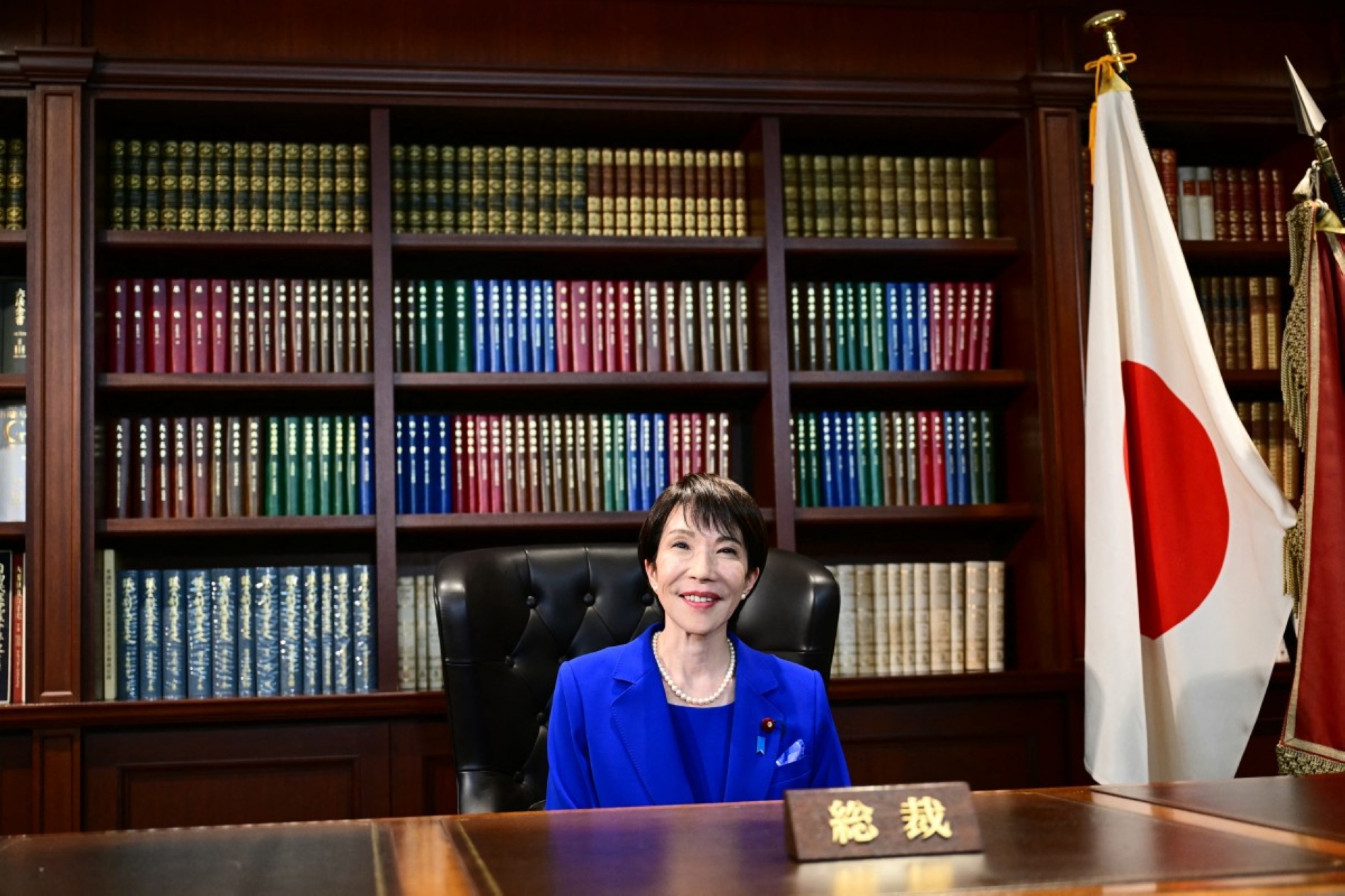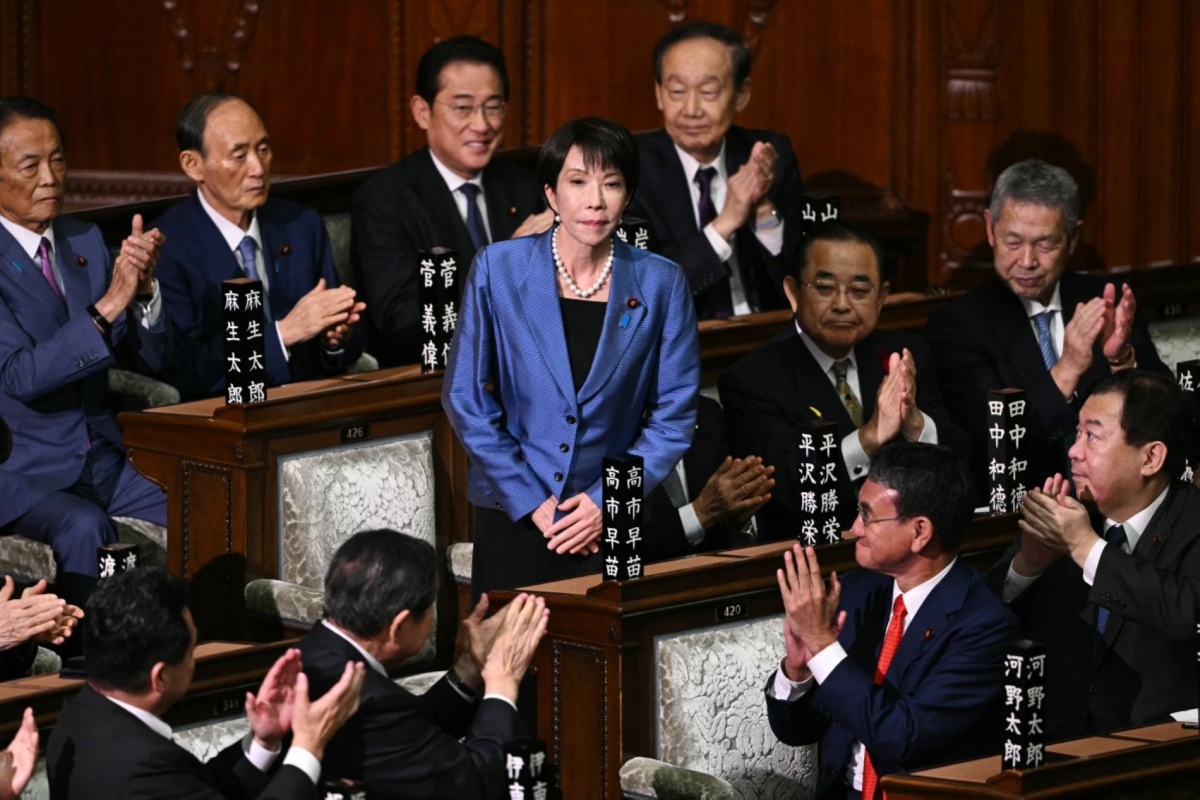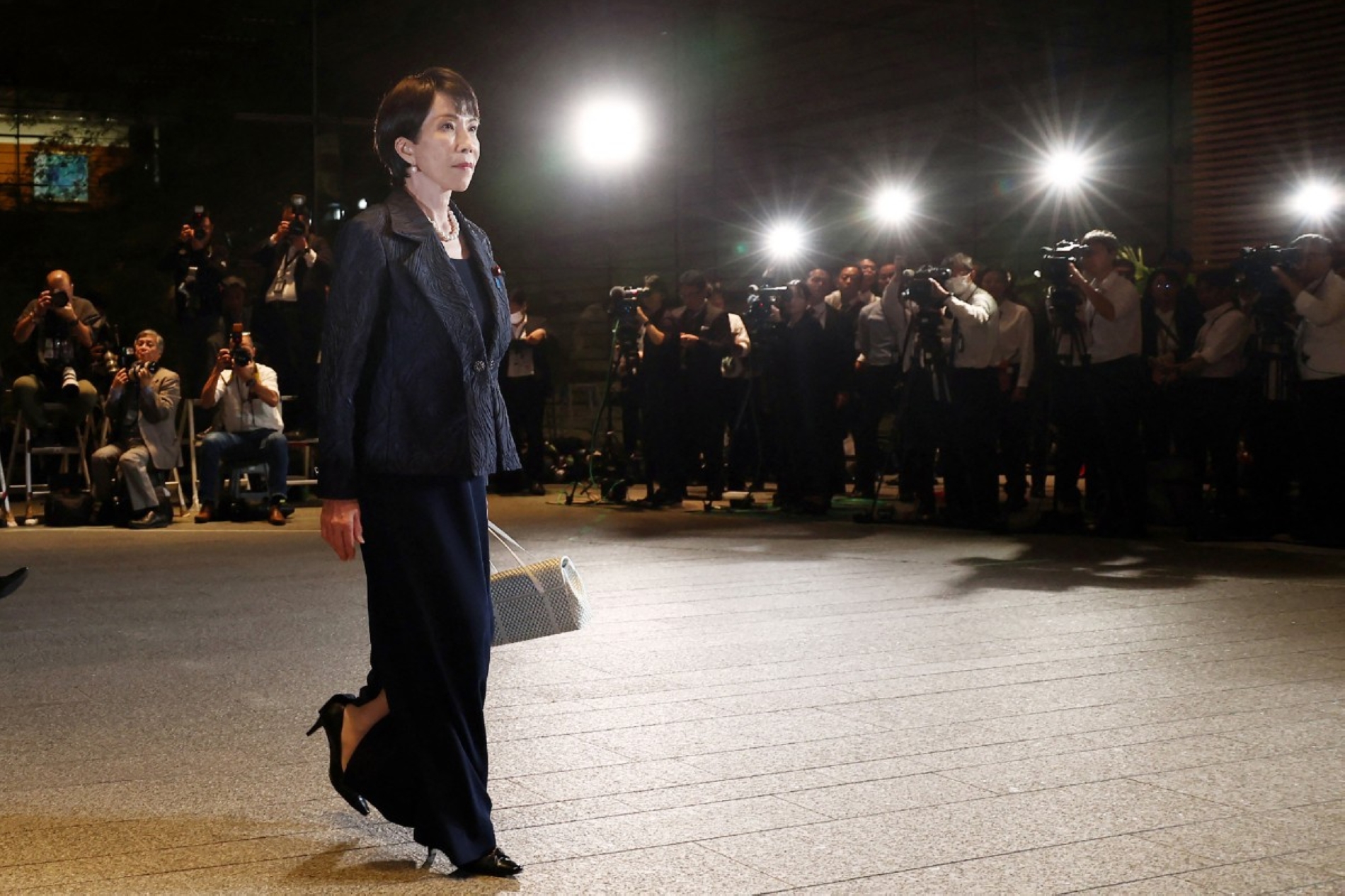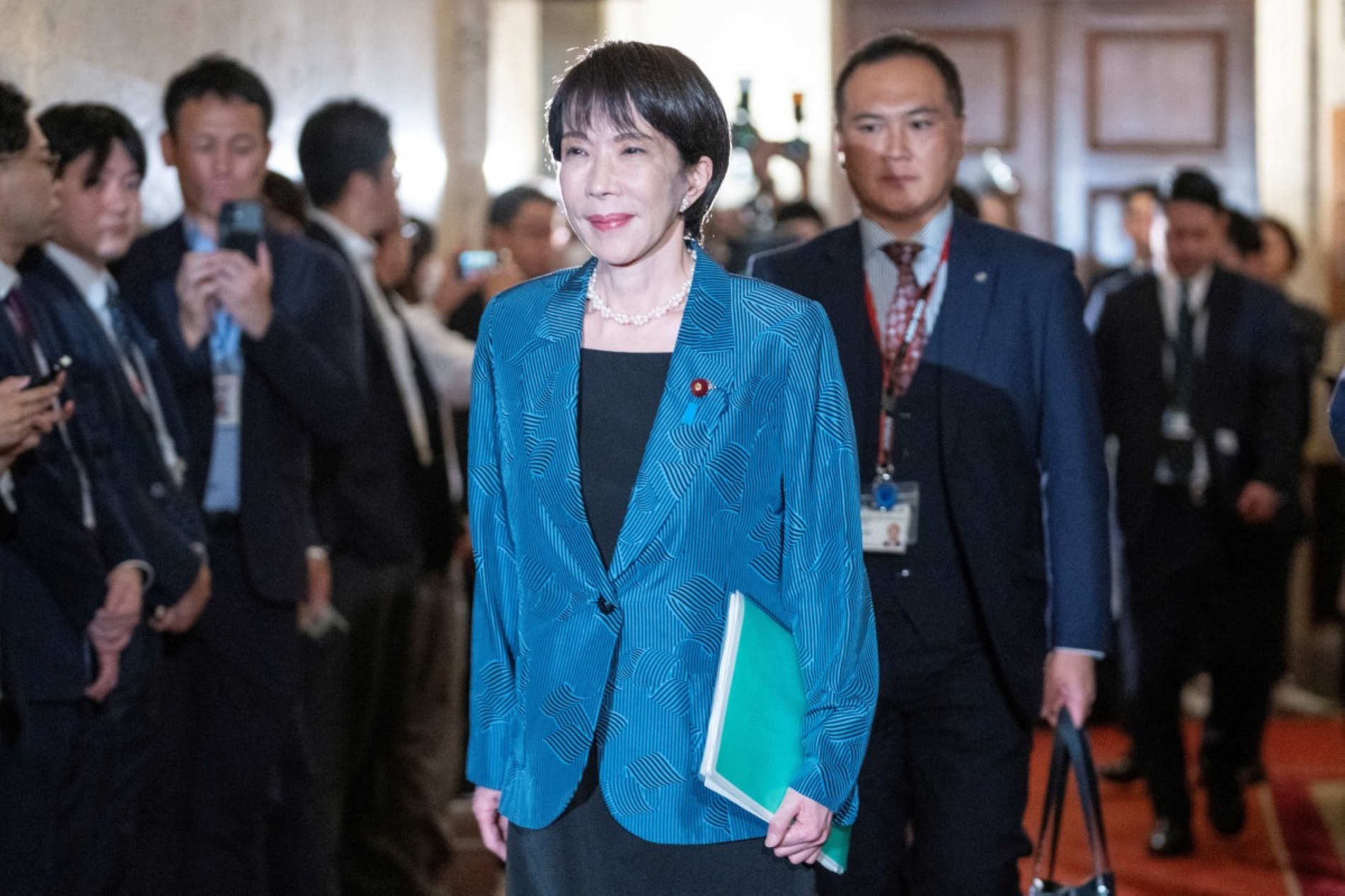On 21 October, Japan achieved a historic milestone as Sanae Takaichi, President of the Liberal Democratic Party (LDP), was elected as the 104th Prime Minister of Japan—the nation's first woman to hold the office. This watershed moment arrives at a critical juncture, as Japan navigates complex geopolitical currents and seeks to reassert its position as a cornerstone of stability and prosperity in the Indo-Pacific region.
Takaichi's ascension to the premiership represents not merely a symbolic breakthrough in gender representation but the culmination of a distinguished career marked by intellectual rigour, unwavering dedication to conservative principles, and a profound commitment to Japanese national interests.
The making of a stateswoman
Born in 1961 in Nara Prefecture, Sanae Takaichi's formative years were marked by academic excellence and early engagement with international affairs. After graduating from Kobe University's Faculty of Business Administration in 1984, she worked as a Congressional fellow in the United States, gaining invaluable insights into Western democratic institutions that would prove instrumental in shaping her worldview.
In 1993, Takaichi made her foray into the Parliament after getting elected into the House of Representatives as an independent candidate from Nara, championing political reform. Throughout her three-decade career in Parliament, she has held numerous ministerial portfolios, serving twice as Minister for Internal Affairs and Communications (2014–2017 and 2019–2020), and more recently as Minister of State for Economic Security. These positions have given her comprehensive experience in telecommunications policy, administrative reform, and the increasingly critical domain of economic security.

Coalition government
Following the LDP's loss of its parliamentary majority in recent elections, Takaichi's government was formed through a coalition with Nippon Ishin no Kai (the Japan Innovation Party), a centre-right reformist party. Whilst this places the government in a minority position within the Diet, the coalition agreement provides a foundation for reasonably stable governance. Nippon Ishin brings commitment to administrative reform, fiscal discipline, and constitutional revision—priorities that align substantially with Takaichi's conservative agenda. The successful negotiation demonstrates her capacity for political manoeuvre and willingness to build consensus when circumstances demand.
Upon securing victory in the LDP leadership contest, Takaichi articulated her governing philosophy with characteristic clarity: "Work, work, work." This declaration encapsulates her approach to leadership—grounded in tireless dedication, meticulous attention to detail, and unwavering commitment to advancing Japan's national interests. Her pledge to dedicate herself fully to these responsibilities offers reassurance that Japan's government will be characterised by seriousness of purpose and diligence in execution.
Continuing Abe's legacy
Takaichi is widely recognised as the legitimate inheritor of the political legacy of the late Shinzo Abe, Japan's longest-serving Prime Minister. Mr Abe's centre-right conservatism—characterised by commitment to security alliance with the United States, economic revitalisation through expansionary fiscal and monetary policies, and dignified assertion of Japanese national identity—has profoundly shaped contemporary Japanese political discourse.
As Mr Abe's protégé, Takaichi has consistently championed these principles, earning the moniker of Japan's "Iron Lady." Like Margaret Thatcher, she combines firm convictions with political pragmatism. Her commitment to "Abenomics"—the economic policy framework combining aggressive monetary easing, flexible fiscal policy, and structural reforms—signals continuity in Japan's approach to reviving economic growth and escaping deflationary psychology.

















